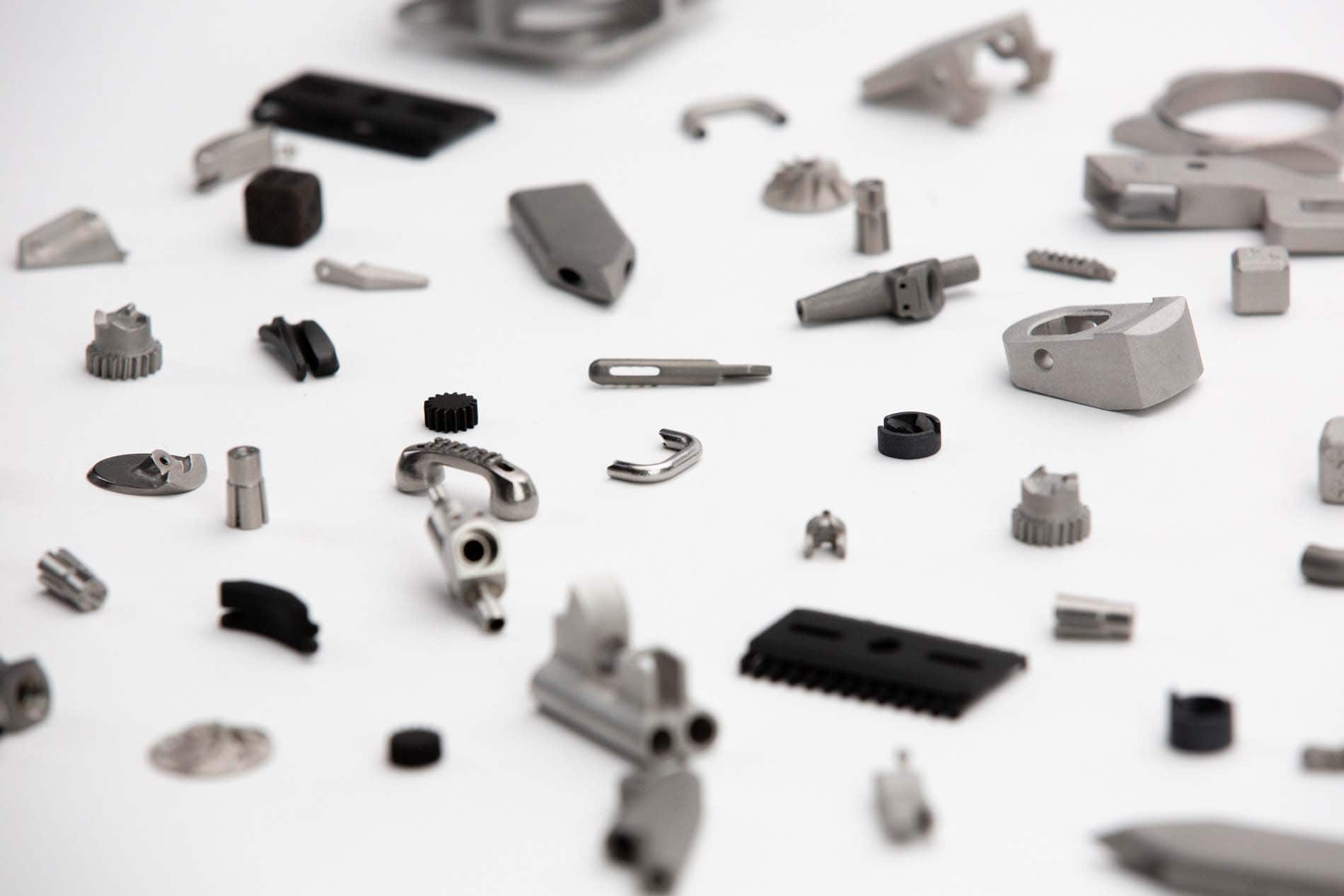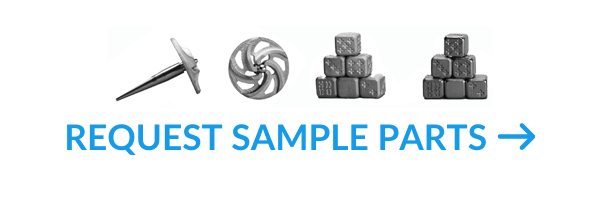In traditional manufacturing, economies of scale and scope are potent competitive advantages. Scale is achieved by minimizing fixed costs (such as tooling) and by manufacturing an extremely high volume of products. At 100 pieces, a tool that costs $100,000 contributes $1,000 cost to each piece. At 1,000,000 pieces, the tool cost is a tiny fraction of the final part cost. Clearly, with tooling and high fixed costs, the competitive advantage is awarded to the manufacturer with scale operations.
Conversely, scope is more a matter of breadth than depth. Before 3D printing, each part required significant investment in tooling and fixed costs. Achieving scope required such massive capital investments that it also delivered significant competitive advantage.
All of that is about to change with the advent of additive manufacturing in the fourth Industrial Revolution. Additive manufacturing (also known as 3D printing) is demolishing the trade-offs required in traditional manufacturing. We are entering a new world of economies of scale and scope.
Economies of Scale with Additive Manufacturing
Supply chains are shaped by minimum efficient scale. 3D printing, without tooling, setup costs, or other associated fixed costs, is able to deliver economies of scale at low quantities that were previously unprecedented. In many cases, the cost-per-part on orders of a single piece are the same as quantities in the hundreds or thousands of pieces. Effectively, this means the power and competitive advantage traditionally associated with economies of scale is nonexistent.
Of course, there are real-world factors to consider, and it’s not reasonable to argue there will be no economies of scale with AM. The economies of scale cost curve in AM is linear and only slightly decreasing, compared to traditional manufacturing’s steep curve. Today, the cost-per-part in AM is high enough that there is a quantity where it will make sense to invest in tooling. But what happens when the cost-per-part in AM rivals costs with other manufacturing technologies?
Economies of Scope with Additive Manufacturing
When it comes to how and what products can be made, economies of scope can be a deciding factor. In manufacturing, AM dramatically decreases costs and the capital required for production. Economies of scope in traditional manufacturing at the expense of flexibility of operations. Conversely, since one 3D printer can make an infinite variety of parts from one build to another, additive manufacturing offers remarkable flexibility. One machine with this flexibility in production eliminates the need for massive investment in tooling production and storage, while reducing high traditional production costs associated with changeovers and customization.
Removing the barriers to entry and competitive advantage by eliminating economies of scale and scope trade-offs will fundamentally reshape the manufacturing landscape. This is especially important in the coming age of mass customization.



